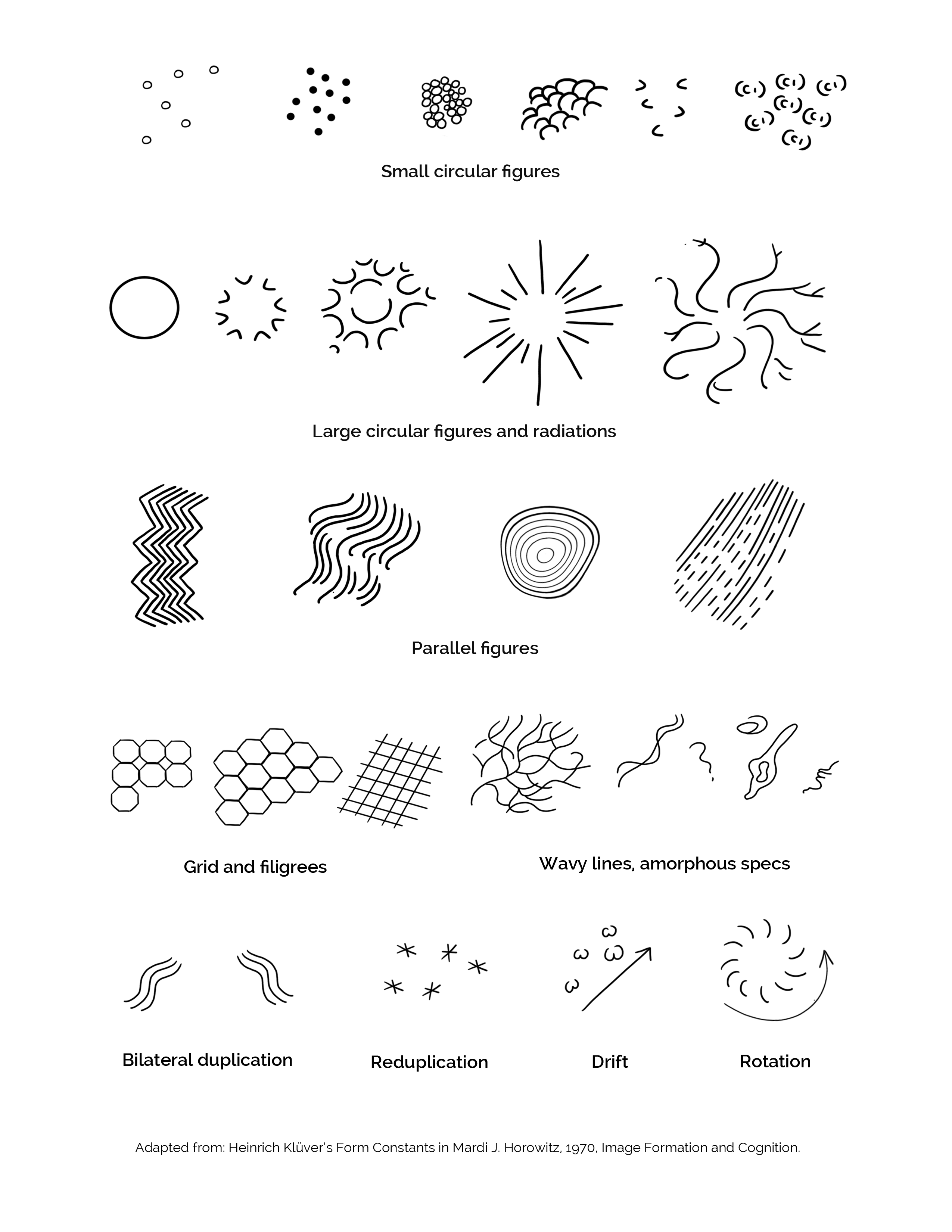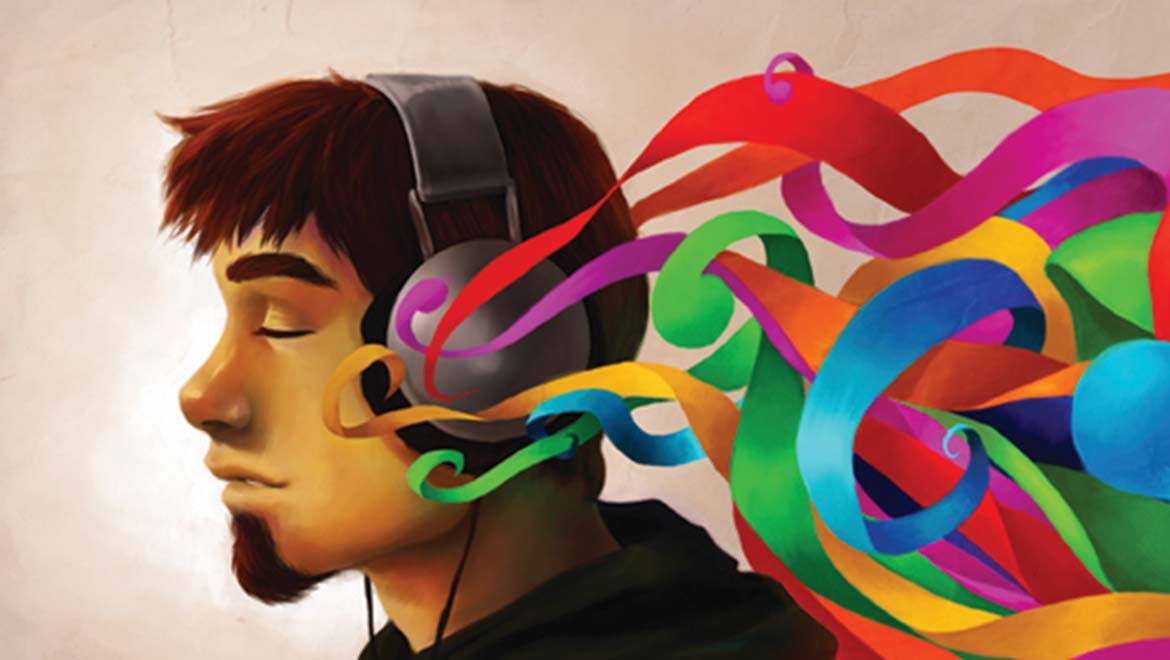
So far, studies have found that so-called colored sequence synesthetes (who experience color when they see numbers or letters) have a heightened ability to discriminate between similar colors, while mirror-touch synesthetes (who experience touch sensations when watching another person touch themselves) are more sensitive to touch in general. This high degree of heritability suggests the genetic mutation that causes synesthesia provides some significant evolutionary benefit.īrang’s hypothesis is that the benefit is related to creativity, enhanced perception and overall smarts. The genes for synesthesia appear to be dominant, and family trees depict the trait marching through the bloodline. And genetic sequencing has enabled scientists to come closer to pinpointing the genes that cause this condition.ĭavid Brang, a UC San Diego neuroscientist, says nature provides a strong hint that the brains of synesthetes may have some kind of cognitive advantage. The Internet has inspired the creation of online tests that have gathered data from tens of thousands of synesthetes throughout the world. Recent advances in neuroimaging have allowed researchers to visualize what’s going on inside a synesthete’s brain when it makes its unconventional connections. Scientists have been aware of synesthesia for more than 100 years, but only in the last decade or so has it been considered more than a strange quirk. “What we’re learning is that there are very specific delicate relationships between different regions of the brain that can cause it to function normally - or to tweak.” “We’re using the synesthetic brain as a model for neural hyper-connectivity,” says Steffie Tomson, a neuroscientist at Baylor College of Medicine in Houston. But scientists have begun studying people like Anders in hopes that what they discover about the way their brains are wired will provide clues for understanding other neurological disorders, like autism and schizophrenia. No one is trying to cure synesthesia - in fact, most synesthetes will tell you they love their synesthetic experiences and would never want to lose them. Virtually any combination between the senses is possible in the 1% to 4% of people who have inherited the condition. Other synesthetes see colors when they hear music, taste words before they say them or feel textures on their fingertips when they discern the flavors of particular foods. As a result, when Anders sees a five, the region of her brain that perceives colors is stimulated along with the region that processes numbers.

The condition, which is harmless, is caused by increased connectivity between areas of the brain that are normally separated. This is the world of synesthesia, a perceptual phenomenon in which one sense kindles sensation in another.

(Vaseline, for instance, smells burgundy, and a green apple tastes yellowish-orange.) And it’s not just numbers - she also ascribes colors to flavors and smells.

But for Anders, it is also a thing that has a particular color and an entire suite of personality traits. Nine is a brown-haired guy, and he’s pretty calm - but he’s really into seven.”įor most people, a number is simply an arithmetical value that represents a quantity. “An eight is very noble and kind of held together, almost like a parent figure to five.

“Two is yellow, three is purple, four is an intense sky blue,” says the 21-year old student at UC San Diego. She’ll also tell you that five is a mischievous, self-centered brat - like a kid throwing a temper tantrum at a party. If you ask Emma Anders about the number five, she’ll tell you that it’s red.


 0 kommentar(er)
0 kommentar(er)
